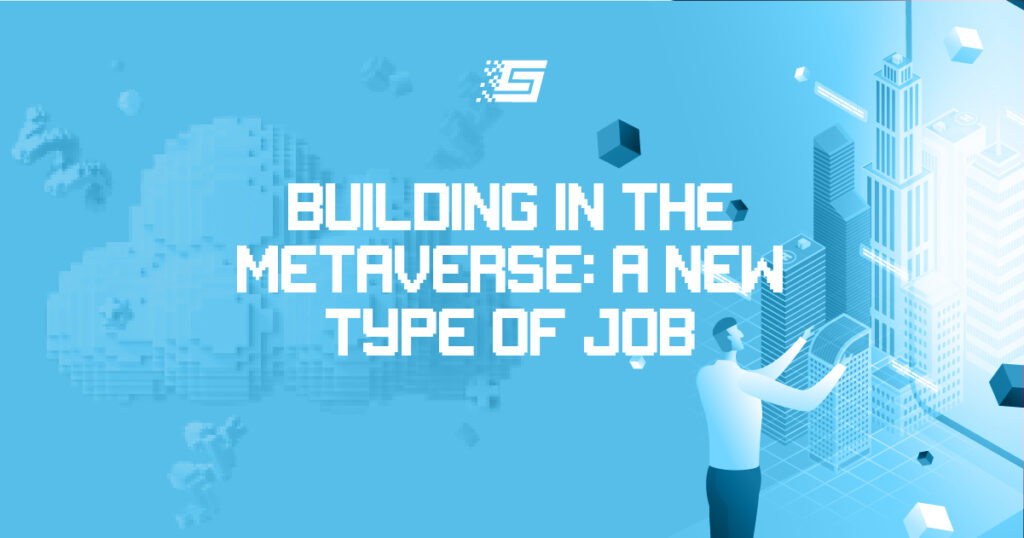How The Metaverse can Revolutionize Ecommerce
Ecommerce refers to buying and selling goods on the internet. Online stores (eCommerce businesses) are like physical ones. They display goods on web pages, buyers pick them into web carts and pay to complete their purchase. Nevertheless, the difference between online stores and physical outlets is quite broad.
Although eCommerce businesses offer convenience via door delivery, buyers cannot ascertain the condition or quality of the product until they pay for it. Sometimes, people end up with goods that do not fit their needs because they cannot see them physically. These issues exist because online stores are only 2D websites where buyers can only see a picture or short video of the product.
So, for eCommerce businesses to solve those issues, they need to take their businesses to virtual worlds. In the metaverse, buyers can handpick the exact item they want, as in physical stores. This article explains more of what eCommerce will be like in the metaverse and the benefits that metaverse e-commerce holds for businesses and customers.
Metaverse technologies useful in Ecommerce
The metaverse combines multiple technologies that work collectively to create shared virtual worlds. Each technology has its use and benefits that brands cannot overlook. The most essential of those technologies in metaverse e-commerce include the following:
Augmented Reality for Ecommerce
Today, food, clothing, and essential commodities sell the most. This fact is obvious, considering that Walmart’s revenue has been the largest since 2014. Although the metaverse is all about a digital realm, humans can’t live all their lives online, no matter how sophisticated the metaverse becomes. So, metaverse eCommerce is not just about selling digital items. A higher portion of this sector will sell tangible commodities in virtual worlds.
While you might visit your friends in shared spaces of the metaverse, you won’t leave your living room empty without a sofa. Likewise, no matter how virtual the world becomes, there is a great possibility that you will need every other kind of furniture, physical clothing, and foodstuffs.
Of course, we buy these things online today. Yet, one of the problems with eCommerce is that buyers don’t always make the right choice. Many discover they’ve bought the wrong shoe size or something is wrong with their order only after delivery. This is why we need AR.
Augmented reality overlays virtual objects with the real world, making them seem part of what we can feel and touch. This form of reality is vital, so we do not second-guess when shopping in the metaverse.
Using AR, you can try that belt on your trouser holes before buying it, making sure it is not too long or short for you. Likewise, you can see whether there is enough space in your home for a piece of furniture you wish to buy. When such possibilities become widely available, there is no doubt that eCommerce will thrive.
Virtual Reality for Ecommerce
VR allows humans to be in a persistent digital environment without distractions from the immediate world. While AR helps to promote the accuracy of what customers buy, eCommerce brands can use VR to engage buyers and encourage continuous patronage.
People buy goods online because of convenience and speed of delivery. Yet, many also like to feel and touch tangible goods they intend to buy, but the current form of eCommerce is incapable of that. The metaverse, through virtual reality devices, offers convenience and a simulation of physical touch.
Haptic feedback makes it possible to touch and feel whatever you buy in a metaverse store. So, shopping in virtual reality is like buying goods in a physical outlet without leaving your home. Undoubtedly, E-commerce brands launching their businesses in the metaverse will open the way for increased turnover.
Apart from the immersive shopping experience, metaverse eCommerce can also help brands maintain their customers. This is possible through branded metaverse games, experiences, or events.
Some companies like Gucci are currently implementing such strategies. Meanwhile, such experiences aim to promote a brand in subtle and fun ways, not through direct adverts that get users tired.
Blockchain assets and Metaverse Ecommerce
The metaverse also offers eCommerce businesses some benefits beyond customer satisfaction. The free and permanent ledger system of blockchain technology is an accessible solution that e-commerce brands can use to record purchases in their metaverse stores. Moreover, blockchain records are helpful for accounting and auditing purposes.
Meanwhile, NFTs and crypto payments are the most effective ways of using blockchain technology in metaverse eCommerce.
NFTs
A primary use of non-fungible tokens (NFTs) for metaverse eCommerce is creating receipts. Every purchase receipt has unique identification characters, and so does every NFT. A metaverse store might create NFT receipts and program them to contain purchase details and the price of each good. By doing that, it becomes easier to track every sale and put them on record.
In addition, metaverse eCommerce stores could use NFTs as tickets or access pass to branded metaverse experiences or for VIP access to special physical or virtual events. Meanwhile, it would help if those NFTs were not for sale because that would be a method of generating revenue and not appreciating customers.
Cryptocurrencies
Crypto is a fast, reliable payment system accessible worldwide. Accepting crypto in the metaverse is like adopting digital payments in a digital world, which can lower the friction of failed card transactions and improve customer experience. Therefore, eCommerce businesses will improve their outreach by accepting crypto payments in metaverse stores.
Today, some online stores allow customers to pay with crypto assets like Bitcoin, LTC, or USDT. So, it is no surprise that buying goods with crypto will become widespread in virtual worlds.
Concluding Thoughts
The goal of every business is to sell, whether a tangible product or service. The metaverse and its technologies make that goal more effortless and affordable for businesses.
It is often evident that when organizations fail to adopt the latest innovations, they suffer setbacks. Therefore, it is no surprise that companies are interested in the metaverse. Soon, their interest will grow even more when the metaverse becomes the primary means of communication.


